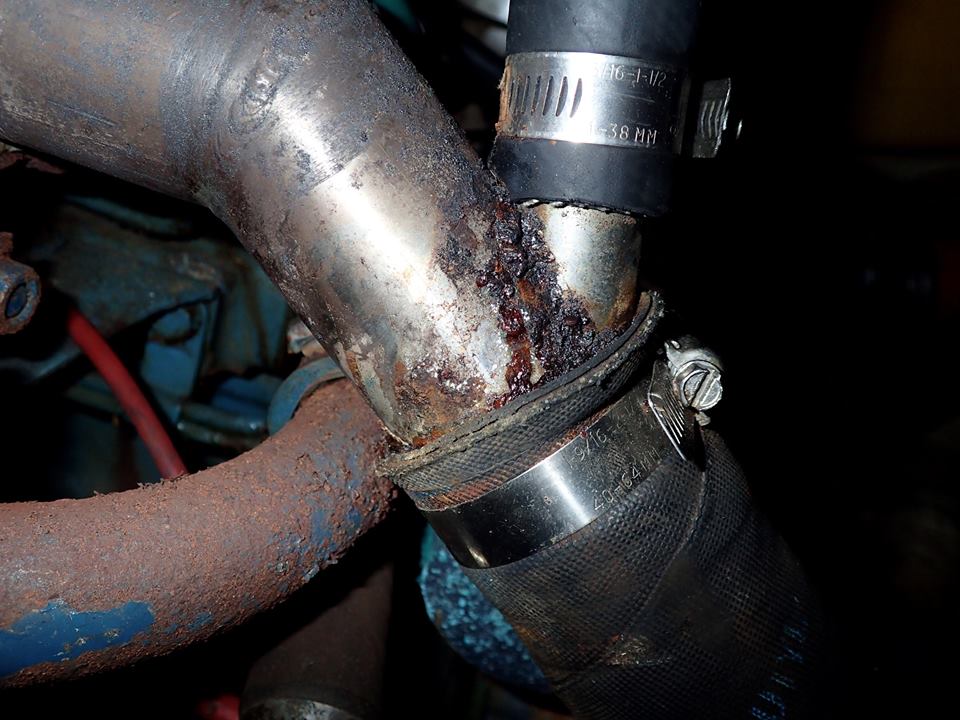Check Your Bilge Pumps
When I’m inspecting the bilge of a boat I naturally test bilge pumps, both electrically and manually operated and I often find problems.
Here are the top problems I find with electric bilge pumps:
- Incorrect over current protection (fuses / circuit breakers).
- No over current protection.
- Pumps not secured – laying on their sides, upside down.
- Automatic float switches inoperable – broken, obscured, water intrusion.
- Corroded electrical wiring and connections.
- Incorrect type hoses.
- Pumps not sized properly to the boat – too small.
- Check valves installed – can cause clogs, don’t use them on primary pumps.
- Installed without vented loops.
- Hose runs too long.
Here are the top problems I find with manual bilge pumps:
- Cracked, dry-rotted rubber diaphragms.
- Incorrect type hoses.
- Lack of strainers on the bilge end of hose.
- Hose runs too long.
- Bilge pump handle missing.
- Check valves installed – can cause clogs, don’t use them on primary pumps.
- Installed without vented loops.
In the case of electric bilge pumps, the number one problem I come across is the wrong size fuse for the pump. It’s pretty common especially if you didn’t install the pump your self and / or don’t have the original manual. I’d estimate that 60% of the bilge pump fuses I check are not correctly sized. Fuse sizes are marked on the bilge pump body and a quick check with a flashlight and mirror you should see the recommended fuse size. Once you have the correct fuse size you should go to the bilge pump fuse and see if the size matches up. If it doesn’t match up, install the correct size fuse. If there is no fuse, maybe the pump is connected to a circuit breaker on an electrical panel – if it is, the breaker is most likely over sized. No worries, just install an inline fuse holder and the correct fuse. OK, what if there is no fuse or circuit breaker? Install one right now.
So what’s the big deal about bilge pump fuse size? Well, if the bilge pump electric motor gets jammed or stuck, its rotor (part that rotates) locks and if it locks, it continues to draw more and more electrical current – think hot. Without the proper size fuse, there is nothing to stop the electricity flowing to the pump and wiring and pumps can melt or catch fire.
The question I get from many boat owners is “how or why would the pump get jammed or locked”. Some (hopefully not yours) bilges are full of all types of nasty stuff like dirt, plastic wire ties, string, fishing line, screws, and construction debris like sawdust, etc. Any of these items could cause bilge pumps to jam.
Regularly inspect and clean your bilges.


